** Our bookshop in Berlin-Mitte has closed ** Orders available only via www.bomdiabooks.de **

With a book, an installation in our window space and an outdoor performance series, Claudia Hill presents the travel diary of a handwoven poncho. In her project that spans ten years, the artist challenged the participants to ask the question: What is the most essential element of what you do, and how can it be shared in a significant way? Hill shows this to be an urgent question, locating the value of art in its relational and transformative contingencies. The poncho was passed between artists in different geographic locations during this ten-year period. Every artist, or occasionally someone on their behalf, handed it off to the next participant, and Hill would prompt them: “Do something with this, and then send me something.” The results of these projects will be published in a book with 30 different contributions, released alongside the exhibit. In the book, as well as through the video project on view at Efremidis, Hill evokes a collective consciousness emerging from this garment. Weaving the poncho was the starting point of the piece, and this gesture ultimately became one of care and togetherness. As poet CAConrad exclaims, “I feel the beautiful residual haunting of those who wore it before me!” ↑ ↓ ↓
€26,00

Adrian Williams. The Curve focuses on the sunset, the moment between day and night structuring our days into a before and an after. Our baring witness to the sunset relies on the specific constellation of time and place, events bound to the trajectory of the sun. The book is composed of three reflections on this space of transition as the sun slips beyond our line of sight. The horizon, the line between earth and sky becomes a surface for projection, for form in the absence of it, and although the sun sets every day, its movement familiar and predictable, it is nevertheless spectacular. The Curve is based on a performance of the same name by the U.S. artist Adrian Williams, realized in 2019 with six musicians at Preußenstadion home of the third-division soccer team SC Preußen Münster. At sunset, the stadium became the setting for an acoustic intervention of light and sound. The book extends the performance beyond its original venue with Münster’s Preußenstadion as its starting point. The three authors introduce encounters at dusk from different perspectives and tell stories linked to the course of the sun. Merle Radtke shares memories of sunsets seen and the art historical relationships to the natural spectacle we award them. From a rooftop in Washington, D.C., Matthathias Schwartz reenacts The Curve, listening to recordings from the stadium in Münster, at another place and time. Adrian Williams writes through the piece of the piece, voicing a possibility for the work’s intent. These three texts are wound between Williams’ photographs of sunsets at dusk: light on clouds, a reflection in a window, the glow behind a mountain. These images are always evidence of an instance recorded, of having been present at a time and place, for the meeting of the sun at the horizon. ↑ ↓ ↓
€21,00

The motifs produced during time-intensive dyeing processes – which uses indigo, urine, and extracts of natural waste materials – are neither conventional fabric nor lace patterns, and they have only a distant relationship to batik painting. Yet, they are simulations and portraits of both. Pattern Nor Painting starts in a batik Workshop in Bantul, Indonesia where an artist reconnects with her blank canvas and the batik techniques she learned from an artist in Serekunda, the Gambia many years ago. As documented in this publication Van Hoorebeke’s installations and performances deftly combine unique textiles and ceramics with production-chain goods, ranging from car parts to strawberry jam. Engaging with ages-old traditions of batik production for present-day communities and settings, her work embodies ancient craft, story-telling, time, female thinking, and above all, a connection to the natural world. ↑ ↓ ↓
€28,00
SOLD OUT

Sandra Mujinga’s recent exhibition at Bergen Kunsthall presented a large-scale video installation together with a selection of sculptural works and photographs. Drawing on Afro-futurist strategies, the exhibition investigated concepts of invisibility as survival strategies, both as a speculative gaze at the future and in relation to the political reality of our time. The exhibition was Mujinga’s largest solo-presentation to date and will also be on view at Vleeshal, Middelburg, 20.9 – 13.12.2020. This book includes a specially produced visual essay, conceived as an animation in book form. The images are stills from footage captured of an elephant outside of Johannesburg, digitally treated and presented as a series of close-ups of the elephant’s skin. The publication features contributions by Sandra Mujinga, Wong Bing Hao, Tamar Clarke-Brown, Olamiju Fajemisin and Jessica Lauren Elizabeth Taylor and has been has been designed by Studio Manuel Raeder. Published by BOM DIA BOA TARDE BOA NOITE, Bergen Kunsthall and Vleeshal. ↑ ↓ ↓
€26,00
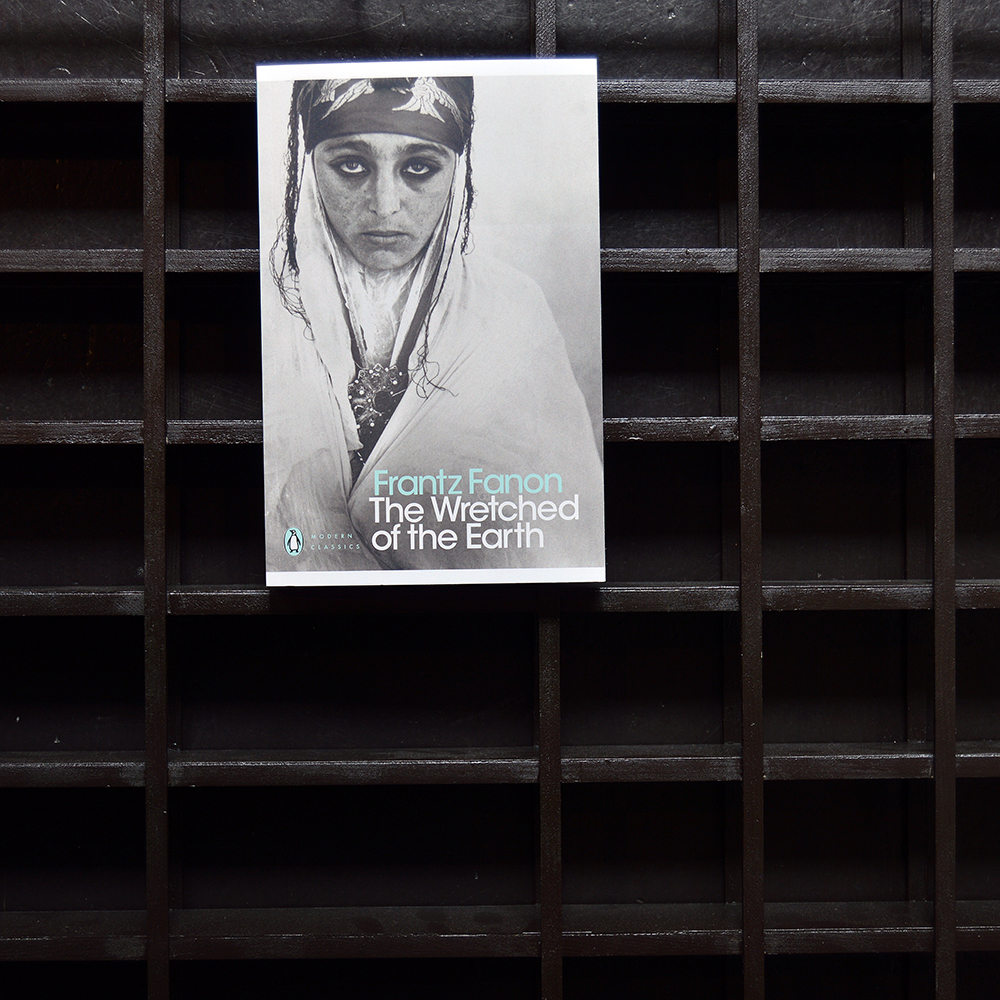
Frantz Fanon's seminal work on the trauma of colonization, The Wretched of the Earth made him the leading anti-colonialist thinker of the twentieth century Translated from the French by Constance Farrington, with an introduction by Jean-Paul Sartre Written at the height of the Algerian war for independence from French colonial rule and first published in 1961, Frantz Fanon's classic text has provided inspiration for anti-colonial movements ever since, analysing the role of class, race, national culture and violence in the struggle for freedom. With power and anger, Fanon makes clear the economic and psychological degradation inflicted by imperialism. It was Fanon, himself a psychotherapist, who exposed the connection between colonial war and mental disease, who showed how the fight for freedom must be combined with building a national culture, and who showed the way ahead, through revolutionary violence, to socialism. ↑ ↓ ↓
€14,90
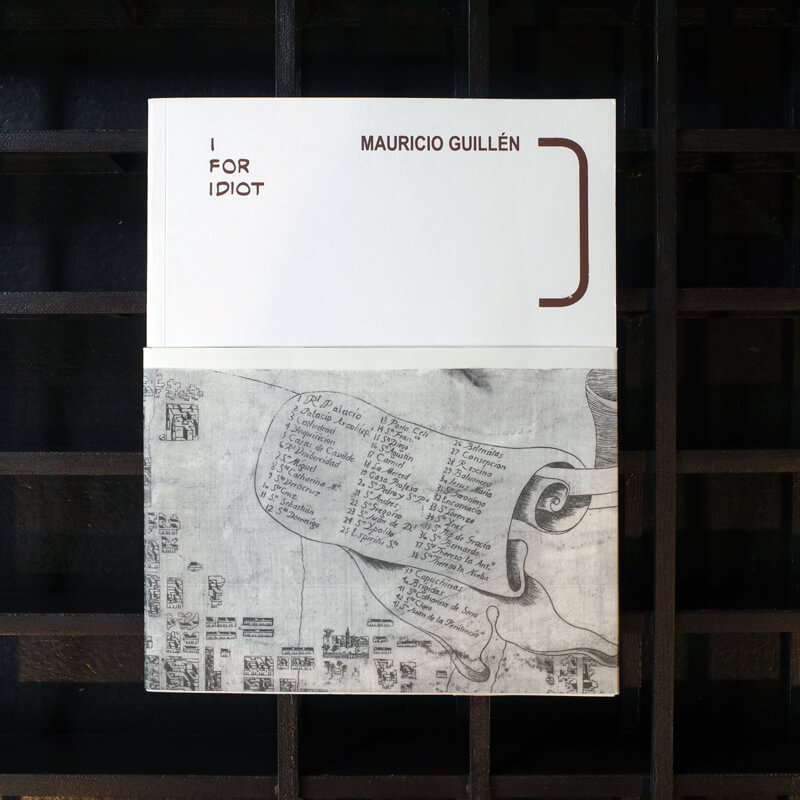
I For Idiot functions as an extension of the film Avenida Progreso in the sense that it assembles three different perspectives: a philosopher’s, an ethnologist’s and a film theorist’s, and juxtaposes these with some of the external layers of reality that have in one way or another informed the film. The purpose of this exercise, is to further consider the potential of dialectic time as a tool for collapsing linear narratives and analyzing the relation between speed, history and the distribution of knowledge in information based societies. The book was published on the occasion of the exhibition Avenida Progreso by Mauricio Gullién at the MMK Museum für Moderne Kunst, Zollamt, Frankfurt am Main (2012). ↑ ↓ ↓
€21,00

We are almost constantly surrounded by architecture, but we barely perceive it. Yet it has a major impact on our thought and actions – sometimes obviously, but usually unconsciously. The Colombian artist Gabriel Sierra is interested in precisely this psychological dimension of architecture. He aims to create an experiment that explores the intricate relation in between reality and perception. After all, built spaces are repositories for ideas, fears, and convictions; they are full of ambitions, traces, and future experiences, and possess multiple layers of time. Hardly any other experience demonstrates this as strikingly as déjà-vu, when we witness a moment as if it had already occurred. During a moment of déjà-vu, the present is transported backward in time; in it, the past, the future, and the present merge into a magical second that is both euphoric and unsettling. This publication has been published on the occasion of Sierra’s exhibition, Before Present, at Kunsthalle Zürich, that is dedicated to this unfathomable and uncanny Before Present. ↑ ↓ ↓
€24,00
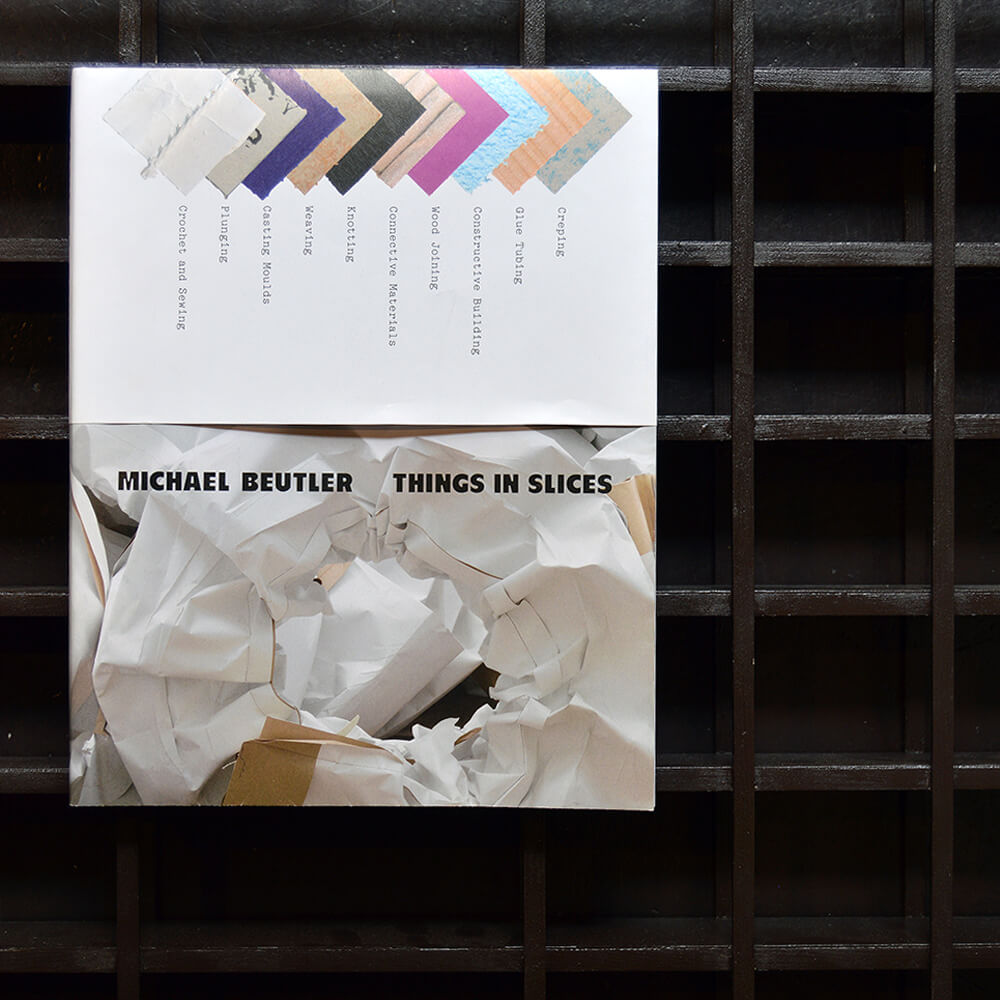
The publication, presenting the artist’s own classification system, is a congenial travel companion into the world of Michael Beutler’s artistic practice. It functions as a field guide and helps to decipher his heterogeneous production via its components, tools and production methods in relation to specific sites and situations. The texts give insight into the background story and construction of each work based on various specifications. ↑ ↓ ↓
€36,00

This book is a close collaboration between artist Jorge Méndez Blake, curator Rodrigo Ortiz Monasterio, and designer Santiago da Silva in the mutual interest on unfinished novels, libraries and the connections that can be made between literature and architecture. Não de China (China Boat) takes as a departure point José Juan Tablada’s writings, seeking the missing connections in order to produce a series of encounters and perspectives into his literature. By unraveling Tablada’s oeuvre, imagining his lost or unfinished works, this book attempts to give contemporary interpretations of some of the seminar themes in his work: Orientalism, the relation between literature and visual arts, and the creation of national identity through art and architecture. This book is written in English and Spanish. ↑ ↓ ↓
€19,00
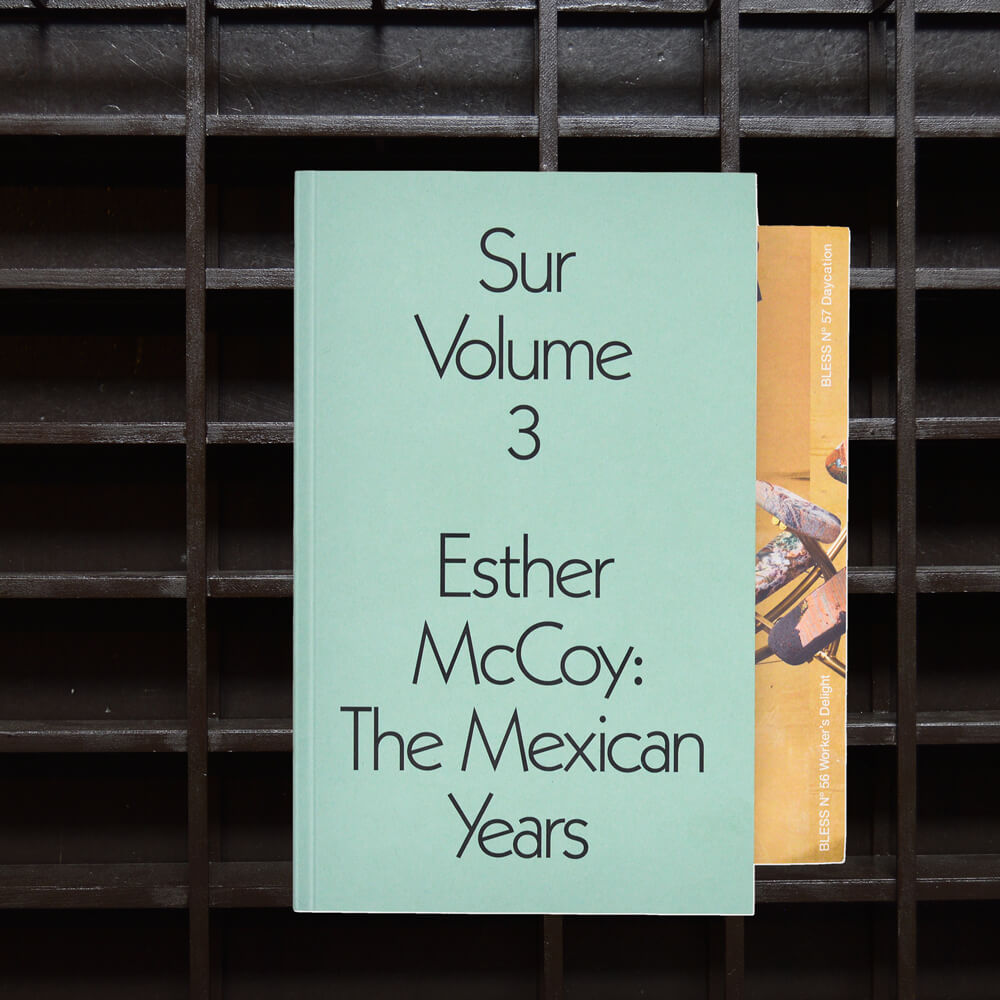
Sur is a contemporary art journal published annually out of Mexico City. Both a publication and a series of invitations, Sur is premised on aesthetics of encounter, specifically between the writing, art, and ideas expressed in Latin American culture in relation to discourses, philosophies, and art generated elsewhere. ↑ ↓ ↓
€12,00
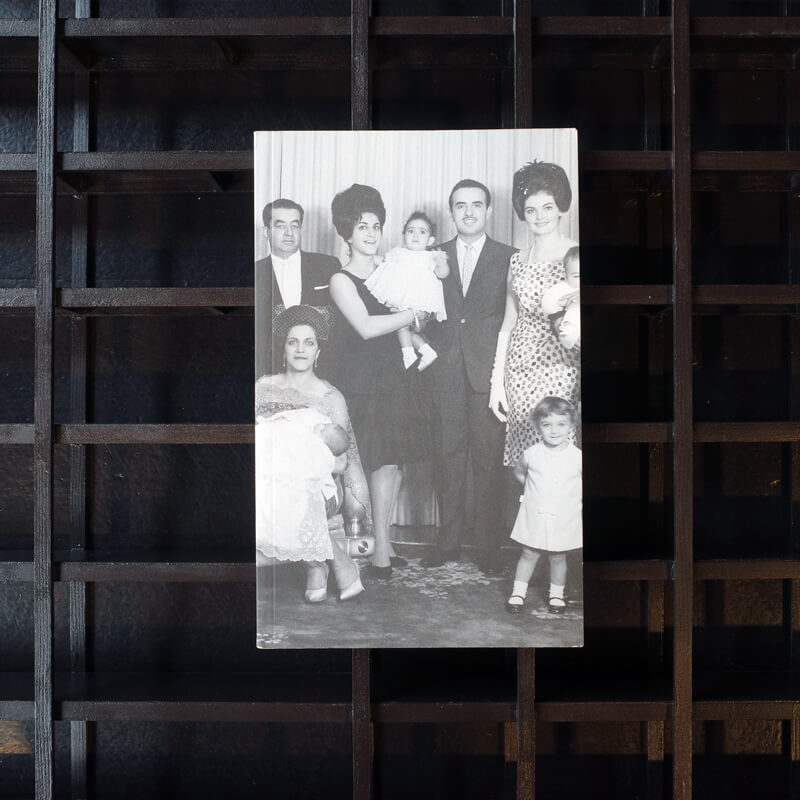
Sur is a contemporary art journal published out of Mexico City twice a year. Both a publication and a series of invitations, Sur is premised on aesthetics of encounter, specifically between the writing, art, and ideas expressed in Latin American culture in relation to discourses, philosophies, and art generated elsewhere. Sur II invites artists, writers, and curators working in the Middle East and in Mexico to explore the rich, relatively uncharted history linking both places, especially around the notions of utopia and exile. ↑ ↓ ↓
€12,00
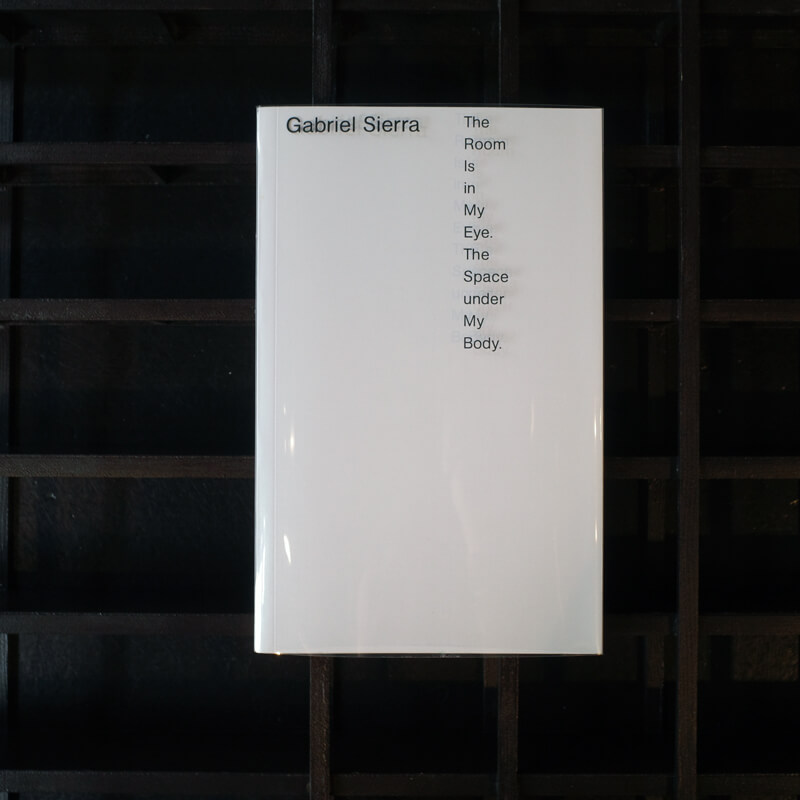
This publication is a continuation of Gabriel Sierras site-specific installation project at the Renaissance Society in 2015. Sierra is intrigued by the language of the spaces in which we live, work, and think. His practice employs a variety of techniques to examine how the human body functions in relation to its environment. The Bogotá-based artist’s first solo show in the United States consisted of a group of constructions to stand in, walk over, or lie down in, and relating abstractly to the idea of inhabiting different moments of space and time. The title of the exhibition changed every hour to frame the specific moment in which the visitor experienced the work. ↑ ↓ ↓
€24,00
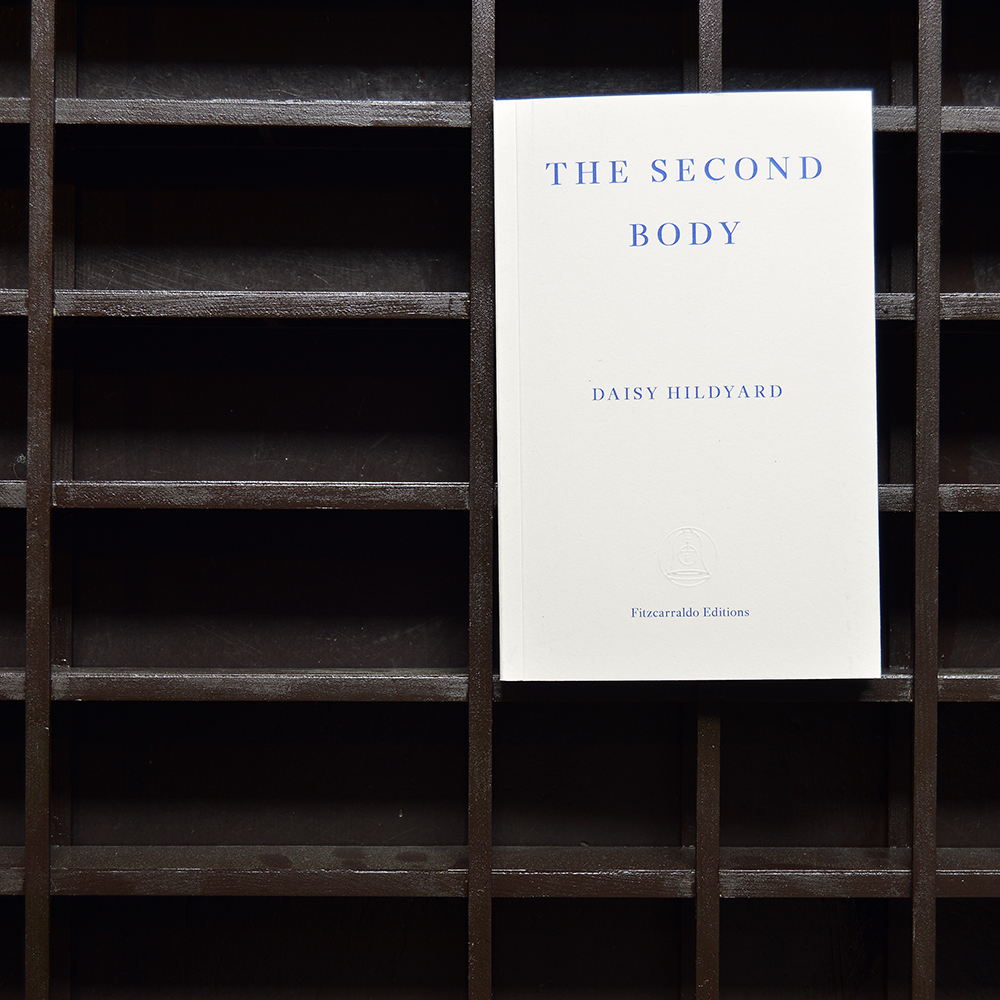
Every living thing has two bodies. To be an animal is to be in possession of a physical body, a body which can eat, drink and sleep; it is also to be embedded in a worldwide network of ecosystems. When every human body has an uncanny global presence, how do we live with ourselves? In this timely and elegant essay, Daisy Hildyard captures the second body by exploring how the human is a part of animal life. She meets Richard, a butcher in Yorkshire, and sees pigs turned into boiled ham; and Gina, an environmental criminologist, who tells her about leopards and silver foxes kept as pets in luxury apartments. She speaks to Luis, a biologist, about the origins of life; and talks to Nadezhda about fungi in an effort to understand how we define animal life. Eventually, her second body comes to visit her first body when the river flooded her home last year. The Second Body is a brilliantly lucid account of the dissolving boundaries between all life on earth. ↑ ↓ ↓
€12,00
SOLD OUT
